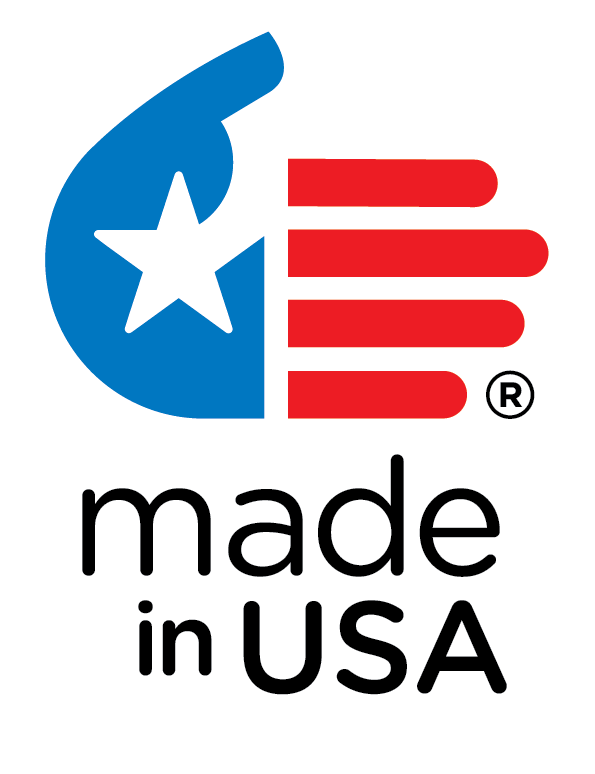Back to Newsroom
15-Nov-2019
NBC Dateline presents the first TrueAllele case
New York, NY
On the night of April 13, 2006, Blairsville dentist Dr. John Yelenic struggled with a knife-wielding attacker in his southwest Pennsylvania home. Yelenic knew his assailant. The murderer slashed repeatedly, draining the life-blood from the unarmed dentist. Before exsanguinating on his living room floor, Yelenic reached out to defend himself, scratching his killer's DNA identity under his fingernails.
Tonight, NBC Dateline reports the story of Dr. Yelenic's murder – why it happened and how it was solved. This was the first time powerful computing had ever unmixed DNA mixture evidence. Ten years ago, in a small courthouse in Jimmy Stewart's hometown, the Yelenic homicide ushered in the modern forensic DNA era of "probabilistic genotyping."
Oxygen aired their "Killer Affair" episode this Fall on the Yelenic murder. Journalist Dorian Geiger wrote about the key role TrueAllele played in the case. Cybergenetics Dr. Mark Perlin testified at the trial. Prosecutor Anthony Krastek said, "His technique had never been used before in a courtroom or investigative setting, so that was a challenge."
"It was very persuasive," Krastek added. "It absolutely helped the case. It was Dr. Perlin that tipped the scales. The fact that there was a DNA match was … absolutely huge. He made clear to me the threshold used by the FBI and every other DNA lab were arbitrary they were not scientifically based, and that's what resonated with me."
Simple biological evidence has abundant DNA from one person. Simple DNA data is easy to interpret, and gives big match statistics. This is "made for television" DNA.
But most DNA evidence is a mixture of two or more people. The data signals are harder to interpret. So crime laboratories simplify their data. They slash through data peaks, draining them of forensic information. Sometimes the data slicing weakens the DNA match statistic; other times cutting with thresholds completely kills the identification information.
That is what the FBI did in the Yelenic case. They applied thresholds to the fingernail DNA data, reducing Yelenic's 93% contribution to the same low level as the 7% unknown assailant. So their reported match statistic was only 13 thousand.
Twenty years ago, a small Pittsburgh-based innovator developed their patented TrueAllele® technology for unmixing DNA mixtures. Cybergenetics computers separate out the DNA types (or "genotypes") of the people in the mixture. The TrueAllele unmixing is objective – the computer doesn't peek at the suspect or introduce human bias. The highly reliable technology can separate mixtures of up to ten people.
TrueAllele separated the small 7% unknown person from Yelenic's fingernail DNA mixture. Comparing that unknown genotype with suspect Kevin Foley gave a match statistic of 189 billion. So a match between the fingernail evidence and defendant Foley was 189 billion times more probable than coincidence.
Using better science, Cybergenetics scientists preserved Dr. Yelenic's DNA fingernail message. The computer didn't slice through the data, or drain its probative value. Instead, TrueAllele computing found the true DNA match information – 189 billion – a number 10 million times greater than the FBI's 13 thousand low estimate.
The Yelenic case was the first time that TrueAllele, or any advanced probabilistic genotyping method, had ever been used in court. And previous scientific studies had predicted the information outcome – a million-fold improvement over old threshold-based FBI methods. Forensic scientists empowered by TrueAllele don't struggle with DNA mixtures; they easily solve them.
In April, NBC’s Pittsburgh affiliate station described Cybergenetics work in the Yelenic murder and other cases. WPXI Target 11 investigator Rick Earle reported on TrueAllele’s fingernail DNA match results.
NBC Dateline's episode "The Premonition" tells the story of the tragic death of Dr. John Yelenic, and recounts the dawn of DNA computing.
Link
- Dateline: The Premonition – NBC Dateline
- The Blairsville slaying and the dawn of DNA computing - Book Chapter
- Dentist’s gruesome murder baffled police, but led to breakthrough in DNA technology - Oxygen
- TrueAllele patents - Cybergenetics Website
- Validating TrueAllele interpretation of DNA mixtures containing up to ten unknown contributors - Journal of Forensic Sciences
- An information gap in DNA evidence interpretation - PLoS ONE
- Man uses computer science to uncover key evidence in unsolved police cases - WPXI Television
